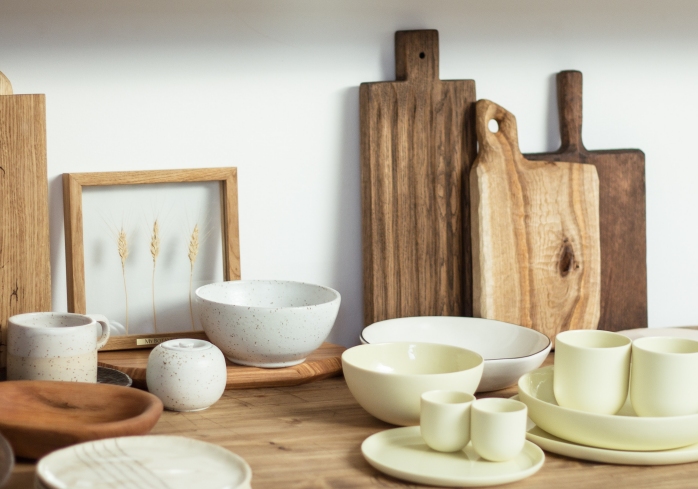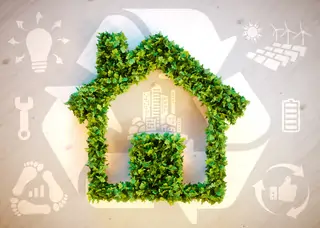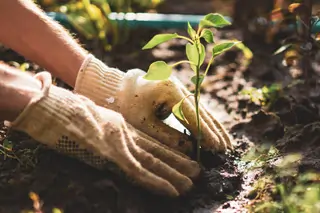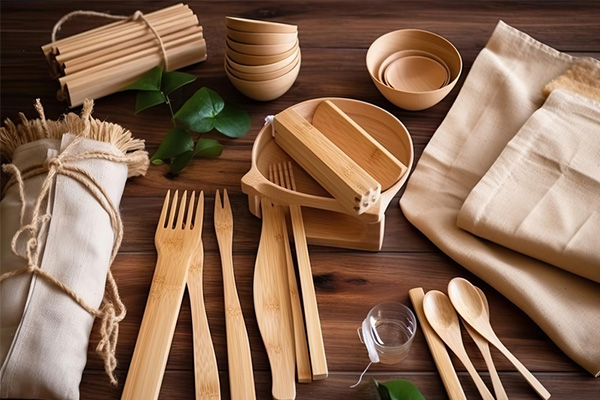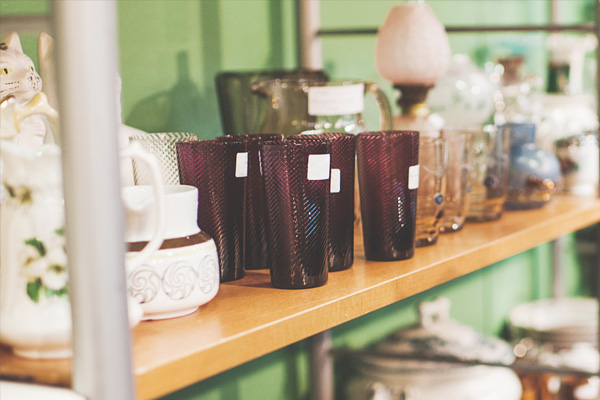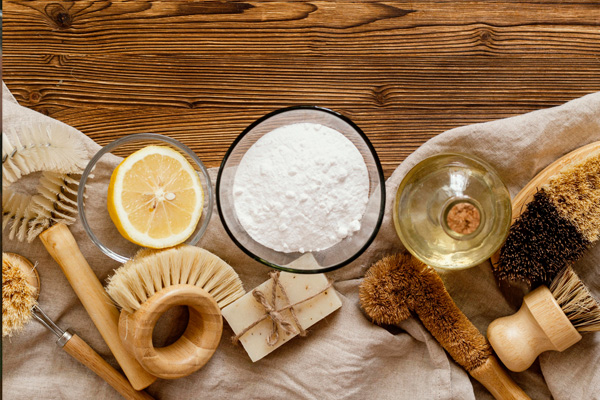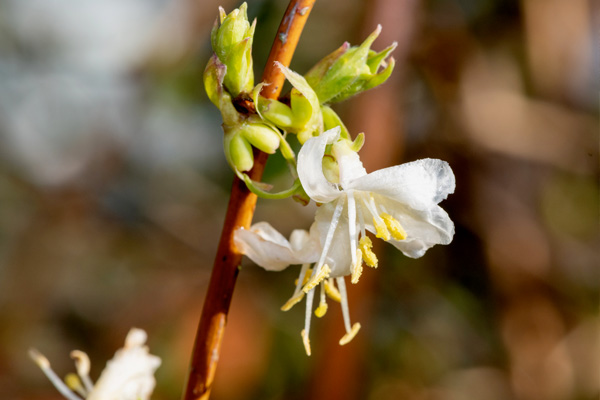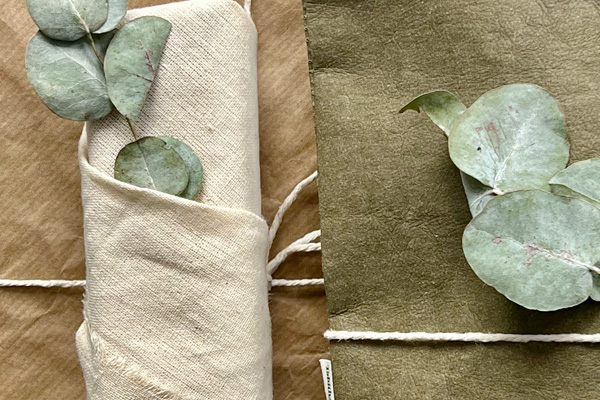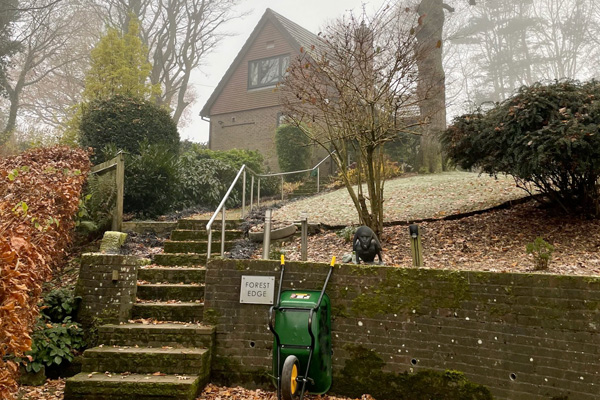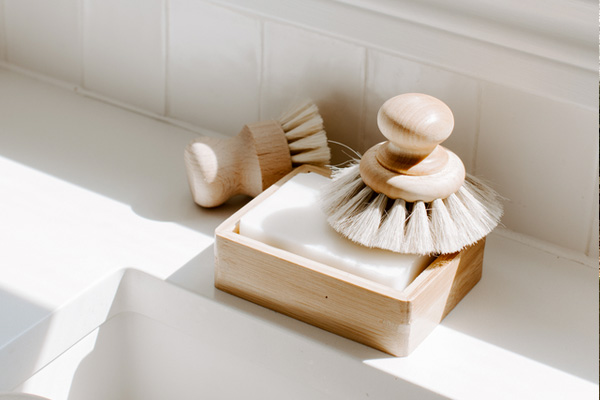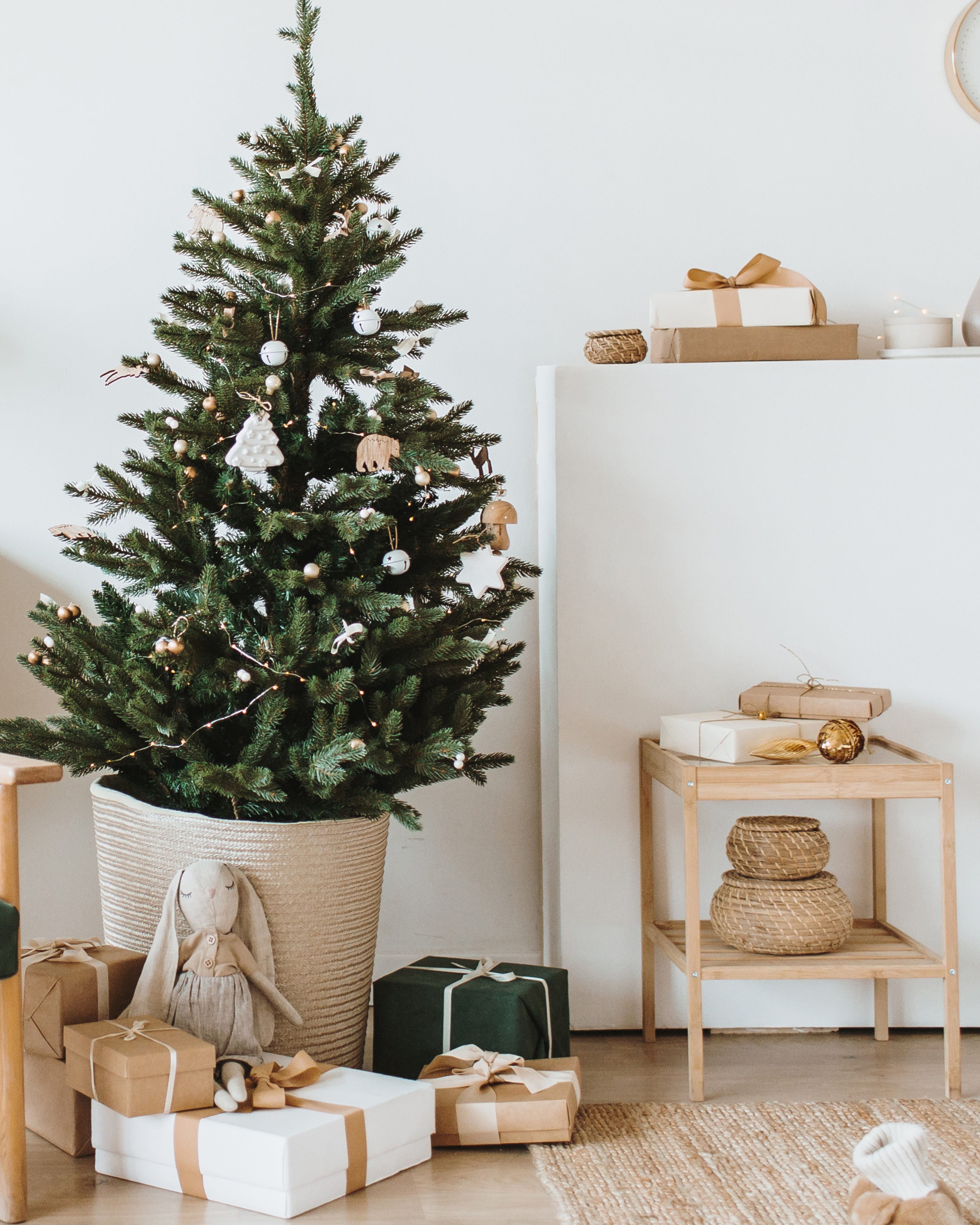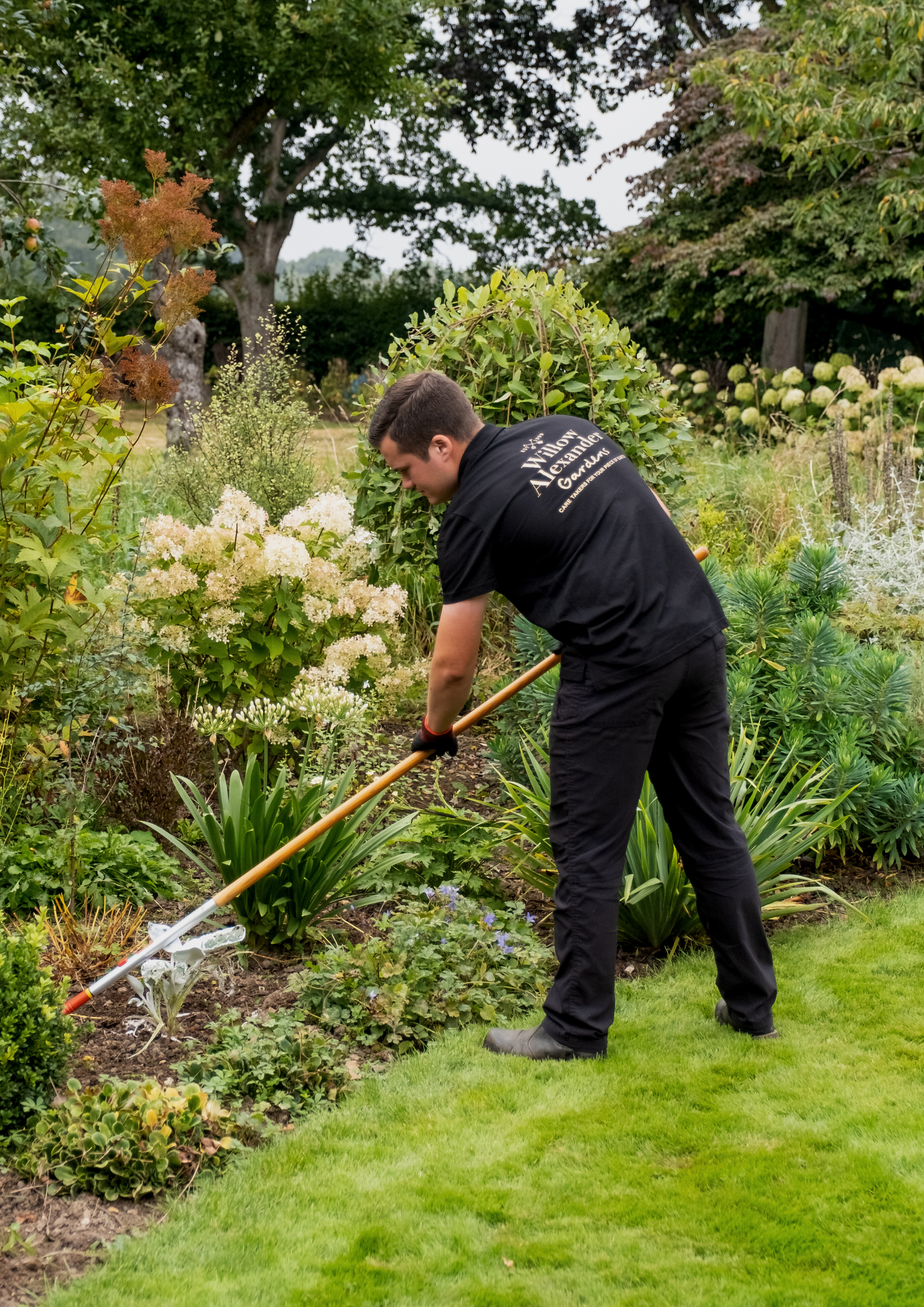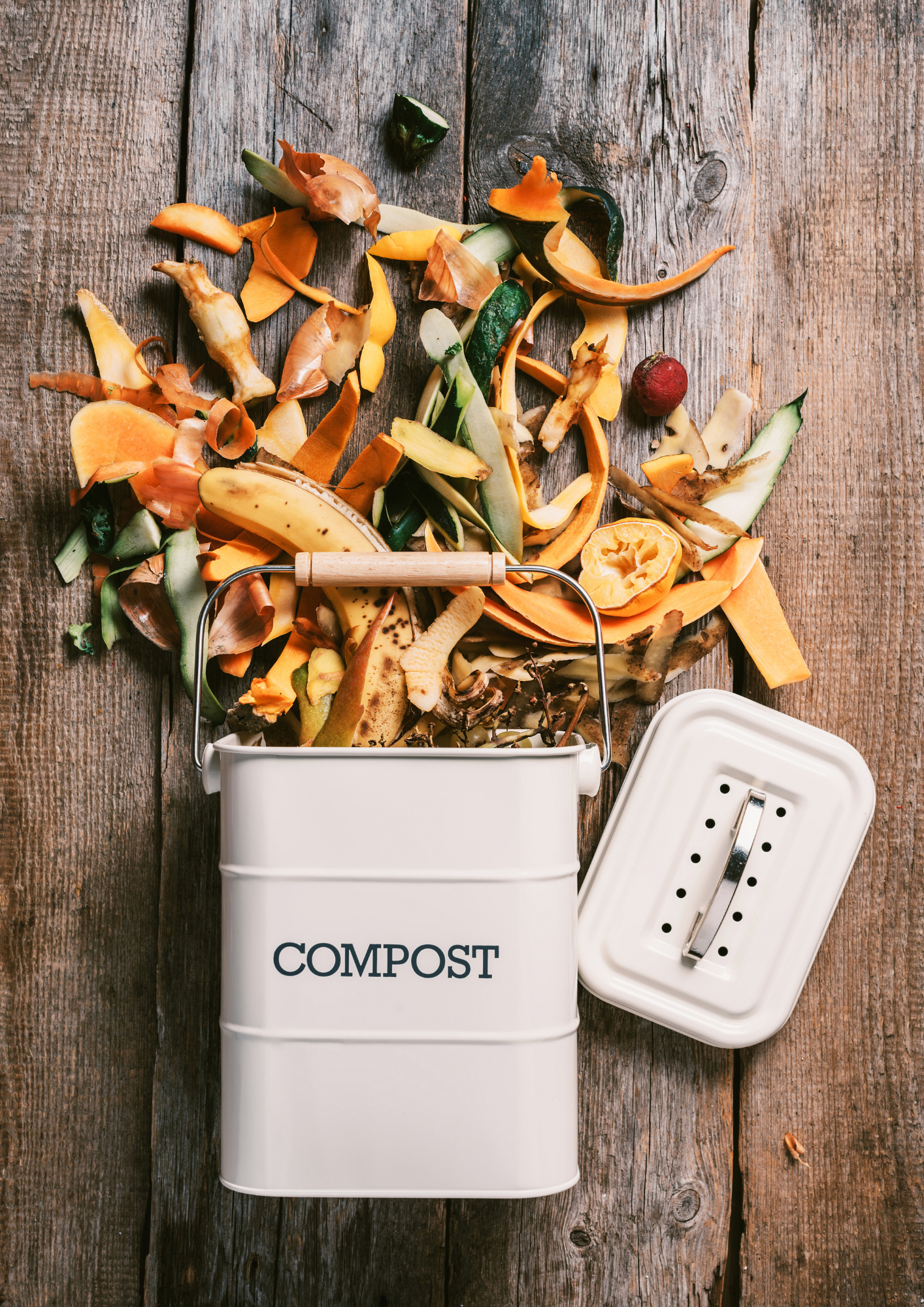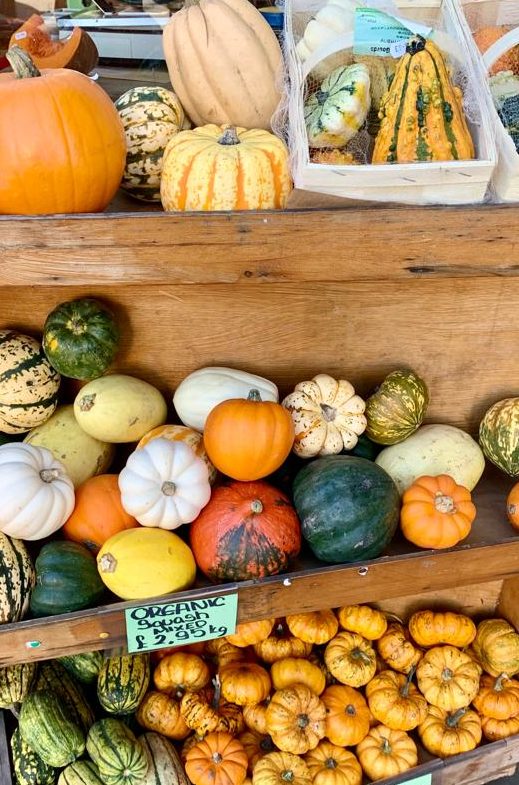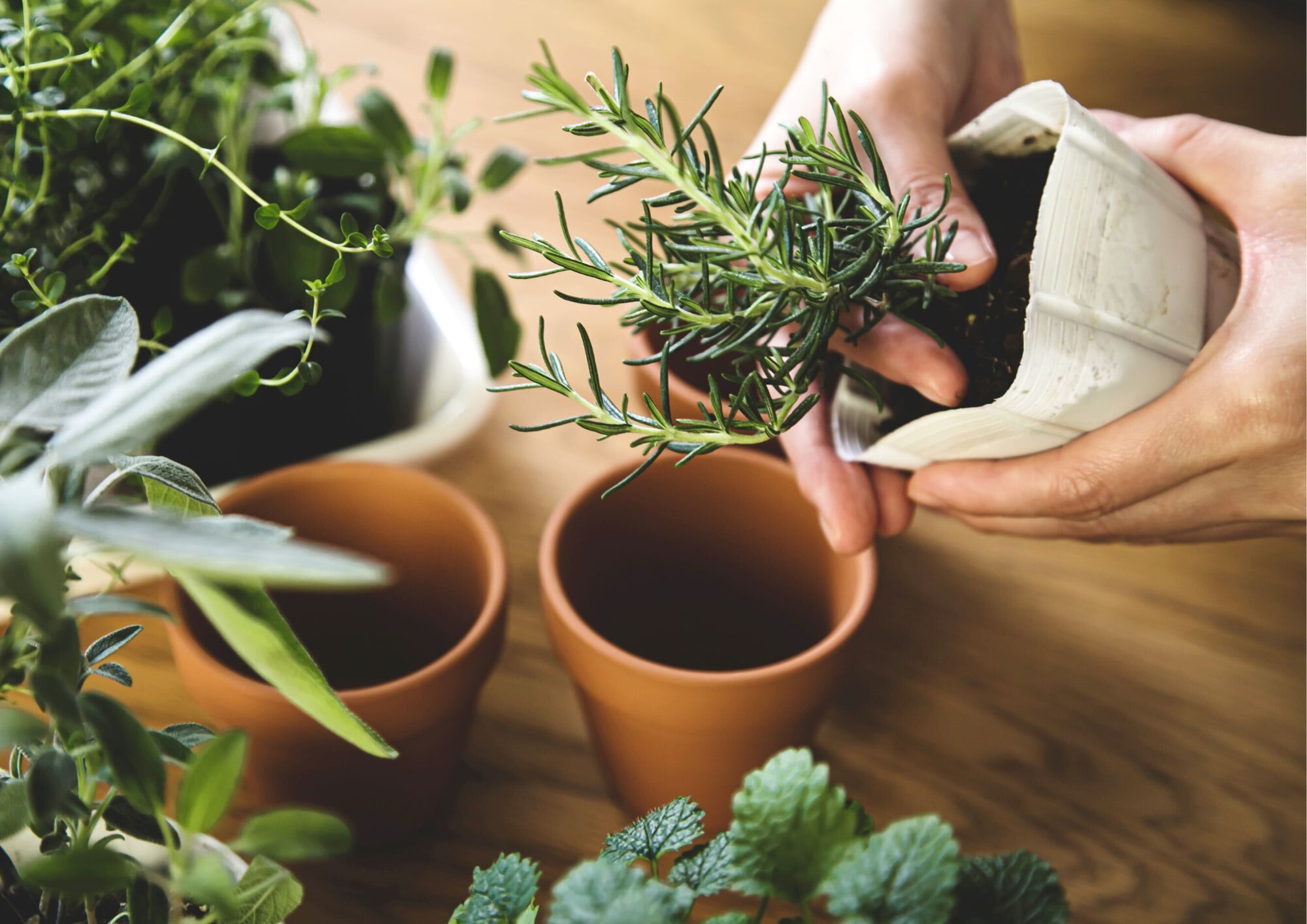This website uses cookies so that we can provide you with the best user experience possible. Cookie information is stored in your browser and performs functions such as recognising you when you return to our website and helping our team to understand which sections of the website you find most interesting and useful.
How to Guides
From strategies that can make a home more sustainable to examples of sustainable household items. We all have growing concerns about climate change and the impact of human activity on the environment, many conscious consumers are looking for more eco-friendly options in their homes and gardens. Here is the Willow Alexander roundup of our favourite trends in sustainability, eco-friendliness, and carbon neutrality for home and garden products in 2023 and beyond: Plant-Based and Non-Toxic Products Mindful shoppers are becoming more aware of the potentially harmful chemicals found in many household products, such as cleaning products, fertilisers, and pesticides. As a result, they're seeking out products that are safer for their families and the environment. From laundry liquid, our online shop has a variety of household products that are free from harmful chemicals and are made using plant-based ingredients. Water Conservation As the world continues to face water scarcity issues, more and more of us are prioritising water conservation. A great idea that requires relatively very little work is a rainwater harvesting system. Our “bountiful garden” blog outlines how to set up a rain barrel to collect rainwater from your roof, which can then be used for watering plants, washing your car, and other non-potable uses. blog. Other favourite ideas include low-flow toilets and showerheads, as well as drought-tolerant plants. Energy Efficiency With global events like the Covid pandemic and the war in Ukraine, the rising cost of electricity is driving consumers to be more conscious of their energy use and carbon footprint. To increase energy efficiency, many are turning to products like the Nest Learning Thermostat (developed by Google), which learns your schedule and adjusts the temperature accordingly, helping to lower those ever-rising energy bills. Always wondered what the hoo-ha was about LED vs those old-fashioned incandescent light...
When it comes to making purchases, we are often so focused on immediate gratification that we tend to forget about the longer-term impacts of our decisions. But now, more than ever, it’s important to consider the quality and sustainability of the products we buy and the impact they have on our planet. From materials sourcing to your shopping cart – this is the journey of a sustainable product and why YOUR buying decisions matter! In a recent EY study, we’re paying 56% more attention to the environmental impact of our spending and 30% of us will prioritise buying more second-hand goods. Built-to-last items are becoming increasingly popular with sustainable shoppers as it’s an important piece of the puzzle when it comes to reducing our environmental impact. By investing in products that are designed to stand the test of time, and by being mindful of how much we consume, we can drastically reduce the amount of waste we produce and the associated carbon footprint. Here’s what to consider about the far-reaching implications for the supply chain, and a product’s journey to the consumer from an ethical and sustainability point of view: Better quality products that save you money in the long run We all have stories from our parents or grandparents who held on to obscure and adored household items for the duration of their lives; products that can withstand the test of time. This means that you will have fewer repair, replacement, and upgrade costs in the long run, saving you a significant amount of money (and hassle!). But it goes deeper than that - investing in longevity also means that you are reducing the demand for cheaper, low-quality products that may need to be replaced more frequently, which contributes to the wastefulness of our current consumer culture....
You might be familiar with bicarbonate of soda as an ingredient in the kitchen, but did you know it can be used as a natural, eco-friendly, and cost-effective cleaning agent in every room of the house? It is an effective cleaning agent that can remove dirt, grease, and grime from surfaces without the need for harsh chemicals or abrasives. Bicarbonate of soda can also be used to remove odours, making it ideal for use in bathrooms and kitchens. With its natural properties, bicarbonate of soda is an ideal choice for those looking to clean their home without using harsh chemicals that can be harmful to your home, yourself, and the planet. Here are 8 ways you can use bicarbonate of soda around the house! 1. Unclog Drains Clear a stubborn drain by pouring down half a cup of bicarb followed by half a cup of white vinegar. Cover with a wet cloth or tea-towel to contain the fizz, wait for a minimum of 10 minutes, and then flush with hot water. 2. Remove Limescale from the Toilet If you live in an area with hard water, it doesn’t take long for limescale to build up in your toilet bowl. Easily remove it by directly pouring in 1 cup of bicarb, followed by 1 cup of vinegar and leave it to fizz. Once the reaction has finished, give the bowl a good scrub, and then let it fit for another 30 minutes minimum. Flush away and enjoy your sparkly new loo! 3. Refresh Stove Tops Rejuvenate your sticky stove tops by making a paste with bicarbonate of soda and some warm water. Scrub over the grimey areas for a couple of minutes, and then wipe clean with a damp cloth. 4. Remove Stains from Chopping Boards Are...
Having a diverse range of wildlife in your Garden can be extremely beneficial for your plants, your outside ecosystem, and the planet. Did you know you can create a garden that entices visitors year-round? By carefully selecting the right varieties of plants you can attract birds and pollinators to your garden all year. January Lonicera x Purpusii (Purpus Honeysuckle) A shrubby honeysuckle that has fragrant white flowers that provide vital nectar for early bumblebees. February Viburnum Tinus (Larurustinus) An evergreen shrub with Winter flowers that provides nectar and pollen for early pollinating insects. March Anemone Blanda (Violet Star) The amethyst-coloured flowers of this spreading perennial bloom in early Spring and are a magnet for bees of all kinds. April Pulsatilla Vulgaris (Pasque Flower) A small herbaceous perennial with flowers in shades of pink and purple that attract bees and butterflies. May Camassia Cusickii ‘Zwanenburg’ (Camassia) A bulbous perennial with elegant spires of deep blue-purple flowers that are very popular with pollinators. June Cistus x Cyprius (Rock Rose, Sun Rose) An evergreen shrub that blooms flowers which attract bees and butterflies for several months. July Borago Officinalis (Borage) An annual with leaves and striking blue flowers, favoured particularly by bees. August Echinacea Purpurea (White Swan/Coneflower) A herbaceous perennial that provides late summer blooms and attracts a wide range of butterflies. September Sedum Spectabile (Ice Plant) This long-flowering perennial is irresistible to butterflies and bumblebees. October Sorbus Commixta (Rowan) This deciduous tree blooms white flowers that develop into red berries loved by birds. November Pyracantha (Golden Charmer) An evergreen shrub that produces orange autumn berries that attract birds and white spring flowers popular with bees. December Ilex Aquifolium (English Holly) An evergreen shrub which produces masses of berries excellent for...
Gift wrapping is one of many festive holiday traditions, but it can also generate a lot of waste. Consumers in the UK use 227,000 miles of wrapping paper each year and throw away what equates to 108 million rolls of wrapping paper (GWP Group). It is a huge contribution to the 30% rise in waste that occurs every year over the Christmas period. Gift wrapping is a beloved holiday tradition, but it can also generate a lot of waste. If you want to make your gift wrapping more sustainable, there are several options to consider. Here are some ideas for eco-friendly gift wrapping: Reuse Re-use what you already have lying around! Newspaper, magazines, pre-loved wrapping paper, parcel packaging and boxes can make the perfect gift wrap. If you’re feeling like going the extra mile, try personalising plain paper and boxes with paint and pens. Fabric Wrap Guaranteed to be used again and again, and easily gathered from beautiful fabric of unworn clothes or spare off-cuts, using material to wrap your presents is a great way to save on paper as well as creating a beautiful gift. A lot of Christmas wrapping paper isn’t recyclable, which adds to the landfill at this time of year. By using material that may otherwise be destined for the tip, you’re helping the environment by diverting from landfill in two ways. A Gift Inside a Gift Wrap your gift in another, functional, gift, like a nice wicker basket, or these multi-purpose Vegan Leather Bags. This completely minimises waste by using something practical, instead of wrapping paper that will be thrown away. Swap Bows for Greenery Adding a touch of nature not only looks beautiful, but also is kinder to the planet than plastic ribbons. While plastic bows might look beautiful, they offer...
Don’t let the cold keep you inside! Although it might not be the busiest time of year for your garden, there are always jobs to tackle, whatever the weather. Winter is a great time to catch up on gardening tasks that may have been neglected during the busy growing season, and keeping on top of your maintenance you can set the stage for a successful growing season and enjoy a beautiful garden all year round. Here are a few winter gardening jobs that can help keep your garden looking its best Take Hardwood Cuttings Hardwood cuttings provide an easy and reliable method of propagating a range of climbers, trees and shrubs. They are best taken from mid-autumn until late winter and often grown outdoors in a prepared trench. However, if you are only taking a small number, you can grow them in containers too. Protect Plants Vulnerable to Frost Cold, wet, windy winter weather can damage trees, shrubs and garden structures. Improving shelter, staking plants, mulching, wrapping pots and insulating plants will help to prevent this kind of damage. Prevent Water Sources from Freezing Over The quickest and cheapest method of stopping a body of water from freezing over is to float something on the surface. You can try anything that will move on top of the water, such ping pong balls, tennis balls or empty water bottles. The constant movement of the object will keep air getting into the pond and stop the surface from completely sealing. Plant Trees and Shrubs As long as the ground is not frozen, winter is the perfect time to plant trees and shrubs, giving them plenty of time to establish themselves for the summer. Feed Birds and Wildlife The colder months can be a tough time for the...
There are many ways in which we can make our daily routines kinder to our planet. A perfect place to start is in our own homes and trying to be greener in the way we clean. Keep reading for our 5 top tips to cleaning your bathroom, the eco-friendly way. 1. Bicarbonate Soda Bicarbonate of soda can be a great, gentle alternative to harsh toilet cleaners or bleach. When mixed with water, the soda cuts through dirt and grease. But when used dry, it is slightly abrasive, so it can be used to scrub away difficult stains. Baking soda mixed with water is also a great way to remove any dirt and grime that may have built up around your bath, shower or floor tiles. 2. Switch to Re-Purposed and Re-Usable Save yourself some money and do the environment a favour by ditching the single use paper towels when you clean. Invest in some microfiber cloths or simply reuse old clothes or towels as rags. 3. White Vinegar White vinegar is the perfect, natural solution to get those tiles, mirrors and windows looking extra sparkly. Simply make a 50/50 water and vinegar solution in an old spray bottle, and use as you would your regular cleaning solutions. 4. Use Gentle, Eco-Friendly Products If you’re struggling to switch to 100% homemade products, don’t be hard on yourself, just be conscious about the solutions you are purchasing. There are so many natural, eco-friendly and even refillable options out on the market that are better for your home and the planet. Our favourite is the Miniml range, which is also vegan, cruelty-free and British made. 5. Opt for Multi-Use Solutions Multi-use products are better for the environment, make your cleaning routine easier, and prevents you from buying every...
With less than a month to go, the Christmas countdown has begun. The holiday period can be a difficult time to navigate with a sustainable conscience, so we’re here to help. Read ahead for our 5 easy steps you can make towards a more eco-friendly Christmas. 1. Get yourself a re-usable advent calendar Save yourself trying to find the perfect advent every year, and invest in a reusable calendar that you can fill with personalised treats. From wooden designs to fabric garlands, there are so many beautiful options to choose from that will double as a decoration. 2. Rent a tree It is believed up to 8 million Christmas trees are thrown away each year (GWPGroup), yet studies have also shown artificial trees need to be reused for at least 20 years to be the more sustainable option (Two Sides). So what is a truly green alternative? Introducing rentable Christmas trees! Businesses like Christmas on the Hill will deliver a live, potted tree straight to your door. They will come back to collect it after the Christmas period, and replant it, so its life continues, and it can be used again next year! 3. Wrap gifts in recycled or reusable wrap A lot of wrapping papers contain materials such as glitter, foil or plastic that makes them non-recyclable, but there are many other eco-friendly options out there. Opt for recyclable, or better yet, recycled papers, re-use wrapping papers from previous years, or repurpose magazines and newspapers. Maybe even consider investing in some fabric wraps that you can use again and again. Support a small business by exploring the wide rage of options available on Etsy. 4. Shop local Use the abundant amount of shopping that comes with the holiday season to show your support for your...
Now that the clocks have changed, Halloween has come and gone, the rain is falling and the temperature has really dropped, there is no denying Winter is well on the way. There is much to be done around the garden to prepare your outside space for the coldest months. Keep reading for our top garden to-do's before Winter arrives! Mulch Mulching protects your plants from frost, helps to regulate temperature, and reduces the potential of soil erosion from rainfall. Cover your garden beds in thick organic materials such as wood chippings or Shell on Earths Recycled Whelk Shells to keep your plants warm, happy and healthy over the Winter. Harvest/Regenerate Compost Now is the perfect time to collect the compost you’ve been brewing over the past year and make use of it around the garden. This should create room for you to start a new batch with this years waste. Weeding Weeds can quickly take over a garden if left to their own devices. Its best to keep on top of them, and manage them at the beginning of Winter, so you don’t have a larger problem on your hands come Spring. Make sure the weeds are extracted right from the root to prevent them from coming back again and again. Net Ponds Fallen and decomposing leaves can block filters and spoil your pond water. Netting any water features in your garden to catch the leaves before they drop in can save you a lot of time and effort later on. Look After the Wildlife The insects and animals that reside in your outdoor space are a crucial part of the well-being of your garden, so make sure to take care of them as the weather becomes colder. Keep your bird feeders topped up, and...
We should all be doing what we can to act more sustainably, and build a cleaner, greener future for the generations to come. However, it’s very easy to feel overwhelmed by all the advice and information currently out there surrounding the subject of sustainable living. To help simplify things, we’ve put together 5 simple tips, to help you start living more sustainably. Start composting your food waste Composting is a great way to recycle the organic waste you create at home, reducing your greenhouse gas emissions and preventing unnecessary waste from ending up in landfill. If you have a garden, compost is an excellent way to fertilise and enrich your soil, helping it to retain nutrients and water, encouraging growth and reducing the risk of potential disease. If you don’t have an outside space to enrich, your local council should provide you with composting bins or a compost collection service. Reduce your energy usage Keeping an eye on your energy consumption is not only kinder to the planet, but also better for your budget! Remember to switch your lights and appliances off when you leave a room, turn your thermostat down a degree and put on an extra layer, only turn on your washing machine and dishwasher when you’re gathered and full load, and hang your clothes out to dry if you can! Next time you need to change a lightbulb or replace an appliance, opt for an energy efficient choice. Re-Purpose, donate or responsibly dispose of pre-loved items Are you guilty of throwing away old clothes, textiles, furniture and homeware when they become broken, damaged or you don’t want them anymore? Next time you go to get rid of something, ask yourself (or google) if there is any way you can re-purpose the item and give it a second...
It is estimated that of the 39.9 million pumpkins sold this Halloween 22.2 million will go to landfill. Not only does this contribute to greenhouse gas emissions but it also adds up to around £32 million worth of edible food, being thrown away (Hubub.org). Here are 5 ways you can do the planet a favour, and re-purpose your Halloween pumpkins this year. Eat It! If your pumpkin hasn’t yet been carved and is still looking fresh, the tastiest way to dispose of your Halloween pumpkin is the eat it! This time of year, you will find pumpkin based recipes for almost anything but some of our favourites are; Pumpkin Pie Pumpkin Spice Bread Spicy Pumpkin Hummus Soft Pumpkin Cookies Pumpkin Soup Pumpkin Butter Parmesan Pumpkin Wedges Use the guts as a base for broth and save and roast the seeds for a quick snack. Alternatively, wash, dry and store your seeds for planting next Spring. Create a Succulent Planter Give your pumpkins a life longer than Halloween weekend and turn them into an Autumn-long decoration. These mini pumpkin succulent planters by our friends at Shell on Earth are the perfect, lowkey Autumn decoration that you can keep around the house for as long as they live! Watch their tutorial here. Make a Bird Feeder A great solution to an already carved pumpkin is to turn it into a bird feeder and welcome to wildlife into your garden. Cut the pumpkin in half so it resembles a bowl or carve around the face so there is a large enough opening for birds to enter. Add some string to your feeder so you’re able to hang it and fill with bird feed for the birds to enjoy! Compost Pumpkins make an excellent, garden fuelling addition to your compost pile....
Growing your own resources can be a great step in your sustainability journey and your garden development. Herbs are versatile and pretty easy to care for, which make them the perfect start your home harvest! Here are our secrets for successfully growing your own herbs and our 5 top picks for beginners. Get a Head Start Growing anything from seeds can be a tricky process that requires a bit of trial and error, which can be frustrating and discouraging for a beginner. Go easy on yourself and get some herb starters, which can be found in most garden centres and supermarkets. This should start you off on the right foot and set yourself up for success! Pick the Right Place Herbs are so versatile, it leaves you with many options of where to put them and how to display them. They can be grown indoors, or outside, and do well in pots, or straight into your garden ground. It’s really up to you where you want to keep them, but there are some things to consider when it comes to deciding. Planting herbs in pots makes them moveable, which can be very useful when you’re testing the best place for their forever home. Terracotta pots are an excellent choice as they not only look great, but they’re also heavy and porous, which means they’re stable, and help to increase drainage in the soil. Planting herbs outside can be beneficial as they have the potential to produce a much higher yield when they’re given the room to flourish. But be considerate about where you place them outside, as if uncontained they can take over surrounding plants. Let there be Light Most herbs perform best in full sun. When planting them outside make sure it’s in a spot that...
Our Values + Our Story
We are certified carbon neutral
Become part of the Willow Alexander Family
Become a franchisee



